Perfect White Balance in Lightroom | Lightroom Tutorials For Beginners #5
Learn how to get perfect white balance in Lightroom. In this video, we will discuss three ways to fix white balance in Lightroom. Setting white balance in Lightroom accurately is very essential to get rid of color casts and tints.
► To Learn more about post processing, do SUBSCRIBE to our channel: https://goo.gl/94umrc
► Watch GMAX STUDIOS video on What is White Balance: https://goo.gl/FaPrPj
Understanding white balance is very essential in order to get it right in your photos. We'll also cover a brief explanation of what exactly setting white balance means and how it affects the colors of your images. One of the ways to determine the perfect white balance is to find the neutral gray. This is out first way and the most accurate way of setting the white balance. It's always best to use a gray card during your shoot. But if you didn't or cant, if there is an element in your image that should have been gray, you can select that element and let Lightroom set the white balance accordingly.
Incorrect white balance can make your images look either blueish or yellowish and maybe sometimes leave a green or a magenta tint. Every light has a temperature which we define as "color temperature", the higher the temperature, the warmer or the yellower the color of the image is and the lower the temperature, the bluer your images will be. It's that simple.
The second way to set white balance is to do it manually using the sliders. There is no science behind it, whatever appeals to you and looks good is great. The color temperature slider and the tint slider helps you get your colors right. For RAW shooters this is an advantage, as white balance can be completely manipulated without any loss in quality and the sliders will be set not in the middle but at the position or the temperature/tint at which the camera actually clicked the picture.
The third way is the use the presets that come with RAW images. If you are shooting raw. Lightroom gives you a bunch of presets like Daylight, Fluorescent, Cloudy, Auto, Tungsten etc. to set the white balance. Usually your white balance will be closer to one of them and trying them out is no harm and who knows, it might give your image an artistic look.
► Hope this was helpful, you can SUBSCRIBE to my channel: https://goo.gl/94umrc
► CONNECT WITH ME:
FACEBOOK: http://fb.com/piximperfect
INSTAGRAM: https://www.instagram.com/piximperfect
TWITTER: https://twitter.com/piximperfect
GOOGLE+: https://plus.google.com/+UnmeshDinda
► To Learn more about post processing, do SUBSCRIBE to our channel: https://goo.gl/94umrc
► Watch GMAX STUDIOS video on What is White Balance: https://goo.gl/FaPrPj
Understanding white balance is very essential in order to get it right in your photos. We'll also cover a brief explanation of what exactly setting white balance means and how it affects the colors of your images. One of the ways to determine the perfect white balance is to find the neutral gray. This is out first way and the most accurate way of setting the white balance. It's always best to use a gray card during your shoot. But if you didn't or cant, if there is an element in your image that should have been gray, you can select that element and let Lightroom set the white balance accordingly.
Incorrect white balance can make your images look either blueish or yellowish and maybe sometimes leave a green or a magenta tint. Every light has a temperature which we define as "color temperature", the higher the temperature, the warmer or the yellower the color of the image is and the lower the temperature, the bluer your images will be. It's that simple.
The second way to set white balance is to do it manually using the sliders. There is no science behind it, whatever appeals to you and looks good is great. The color temperature slider and the tint slider helps you get your colors right. For RAW shooters this is an advantage, as white balance can be completely manipulated without any loss in quality and the sliders will be set not in the middle but at the position or the temperature/tint at which the camera actually clicked the picture.
The third way is the use the presets that come with RAW images. If you are shooting raw. Lightroom gives you a bunch of presets like Daylight, Fluorescent, Cloudy, Auto, Tungsten etc. to set the white balance. Usually your white balance will be closer to one of them and trying them out is no harm and who knows, it might give your image an artistic look.
► Hope this was helpful, you can SUBSCRIBE to my channel: https://goo.gl/94umrc
► CONNECT WITH ME:
FACEBOOK: http://fb.com/piximperfect
INSTAGRAM: https://www.instagram.com/piximperfect
TWITTER: https://twitter.com/piximperfect
GOOGLE+: https://plus.google.com/+UnmeshDinda

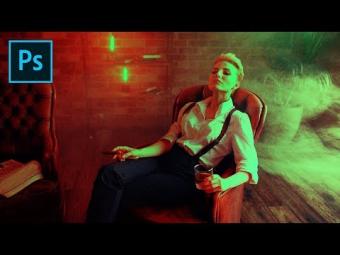




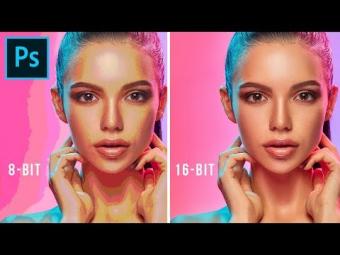
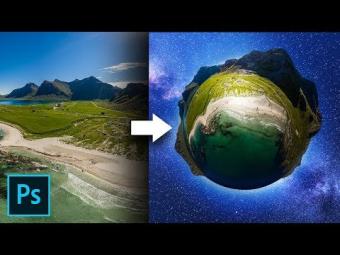
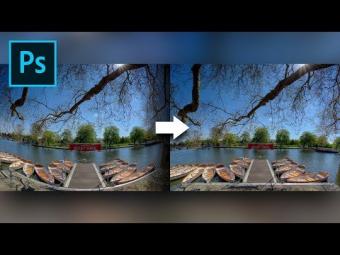


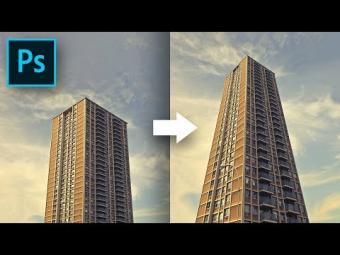










YORUMLAR